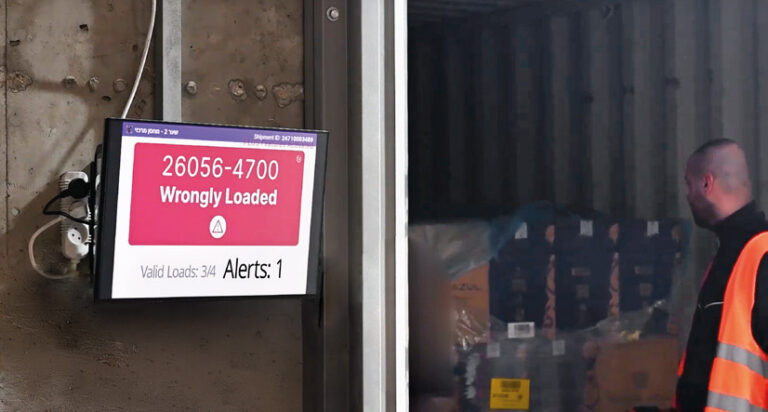Barcodes revolutionized logistics in the 1980s, but they were built for a world where warehouses handled a fraction of today’s throughput. Each scan was a checkpoint. Now, those checkpoints slow you down.
Think of it this way: the barcode requires confirmation; vision delivers continuity.
In high-velocity environments- 3PLs managing FMCG clients, tight SLAs, and overlapping docks -manual scanning simply can’t keep up. One missed scan throws off the entire record.
Computer vision closes the gap between what’s planned and what’s happening. Every pallet is recognized automatically, even if labels are damaged or partially hidden.
It doesn’t ask operators to stop what they’re doing; it watches them work and logs everything in real time.
Insight:
The shift from barcode to vision isn’t about technology, it’s about trust. When your data updates itself, human reliability becomes a bonus, not a bottleneck.
Recommendation:
If your warehouse handles more than 200 pallet movements per hour, it’s time to evolve. Vision isn’t replacing scanning, it’s freeing you from it.



